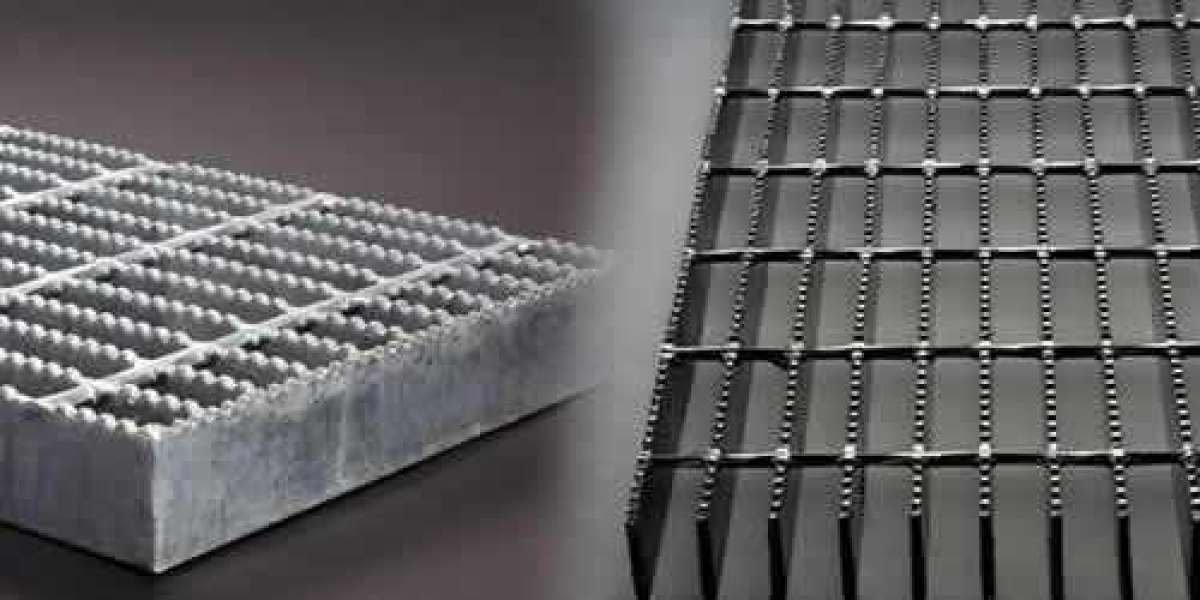Metal handrails are a key component in both residential and commercial buildings. Whether you're walking up the stairs or along a balcony, handrails offer crucial support and safety. But beyond function, they also enhance aesthetics. Among the many options available, metal handrails stand out for their strength, durability, and sleek look.
In this guide, we’ll explore everything you need to know about metal handrails – from their benefits and types to installation and maintenance tips.
What Is a Metal Handrail?
A metal handrail is a safety railing system made from metals such as stainless steel, aluminum, wrought iron, or galvanized steel. Installed along stairs, ramps, walkways, and balconies, handrails provide physical support and prevent accidents. They are required by building codes in most construction projects and are used both indoors and outdoors.
Advantages of Using Metal Handrails
Metal handrails are known for their many advantages. Here are the key benefits:
1. Strength and Durability
Metal is inherently strong. Unlike wood or plastic, it doesn’t crack, warp, or rot over time. Metal handrails can handle heavy loads and resist damage, making them ideal for high-traffic areas.
2. Weather Resistance
Stainless steel and aluminum are corrosion-resistant, making them perfect for outdoor use. They can withstand rain, snow, and UV rays without rusting or fading.
3. Low Maintenance
Most metal handrails require minimal upkeep. A quick wipe with a damp cloth or mild cleaner is usually enough to keep them looking new. No repainting, sealing, or special treatments are needed.
4. Modern and Elegant Appearance
Metal handrails give a sleek, contemporary look. Whether polished stainless steel or powder-coated black iron, they can elevate the appearance of any space.
5. Customizable Designs
Metal can be cut, welded, and bent into various shapes. From simple lines to intricate patterns, you can customize your metal railing to suit any architectural style.
Common Types of Metal Handrails
There are several types of metal handrails available, each with unique features:
1. Stainless Steel Handrails
Highly resistant to corrosion and rust, stainless steel handrails are a top choice for modern buildings. They’re ideal for both indoor and outdoor settings and offer a clean, polished look.
2. Aluminum Handrails
Aluminum is lightweight yet strong. It doesn’t rust, making it excellent for outdoor use. Aluminum railings are often anodized or powder-coated for extra protection and color options.
3. Wrought Iron Handrails
Known for their classic and ornate appearance, wrought iron railings add charm and sophistication to staircases, porches, and balconies. While they are heavier and may require periodic painting, they are incredibly durable.
4. Galvanized Steel Handrails
Galvanized steel is coated with a protective layer of zinc to prevent rust. It’s commonly used in industrial settings where toughness is key.
Where Are Metal Handrails Used?
Metal handrails are used in various applications across different environments:
Residential: Staircases, balconies, terraces, and patios
Commercial: Office buildings, shopping malls, hotels, and hospitals
Industrial: Factories, warehouses, and workshops
Public Infrastructure: Footbridges, railway stations, parks, and schools
Whether you need a stylish handrail for your home or a heavy-duty railing for an industrial plant, metal handrails fit the bill.
Key Considerations Before Choosing a Metal Handrail
Here are some factors to consider before selecting a metal handrail for your project:
1. Purpose
Is it for safety, support, aesthetics, or all three? Knowing the purpose helps determine the right material and design.
2. Location
Outdoor installations require weather-resistant materials like stainless steel or aluminum. Indoor railings may allow more decorative materials like wrought iron.
3. Design Style
Choose a design that complements the overall architecture of the space. Modern homes might benefit from sleek stainless steel, while traditional homes may look best with ornamental iron.
4. Budget
Metal handrails come at different price points depending on the material and complexity. Stainless steel and wrought iron are usually more expensive than aluminum.
Installation Tips
Proper installation ensures that the handrail serves its purpose effectively:
Hire Professionals: While DIY is an option for some, professional installation guarantees safety and code compliance.
Follow Building Codes: Make sure your handrails meet local building standards for height, spacing, and strength.
Use Quality Fixings: Choose rust-proof screws, anchors, and brackets to avoid long-term maintenance issues.
Maintenance Guide
One of the best features of metal handrails is their low maintenance requirement. Here’s how to keep them in good shape:
Stainless Steel: Clean with mild soap and water. Avoid abrasive cleaners that might scratch the surface.
Aluminum: Wipe regularly and inspect for any loose fittings.
Wrought Iron: Check for rust spots and repaint every few years if needed.
Galvanized Steel: Minimal upkeep, but watch for flaking or wear of the zinc coating.
Environmental Impact of Metal Handrails
Metals like steel and aluminum are recyclable. Many manufacturers use recycled metal in handrail production, which helps reduce the environmental footprint. Additionally, because of their long lifespan, metal handrails reduce the need for frequent replacements.
Conclusion
Metal handrails offer a perfect blend of safety, strength, and style. They are suitable for a wide range of applications, from homes and offices to industrial plants and public spaces. With various material options like stainless steel, aluminum, and wrought iron, you can find the ideal metal handrail that suits your needs and budget.
If you're looking to invest in a handrail system that lasts long, looks great, and requires minimal upkeep, metal is the way to go.







